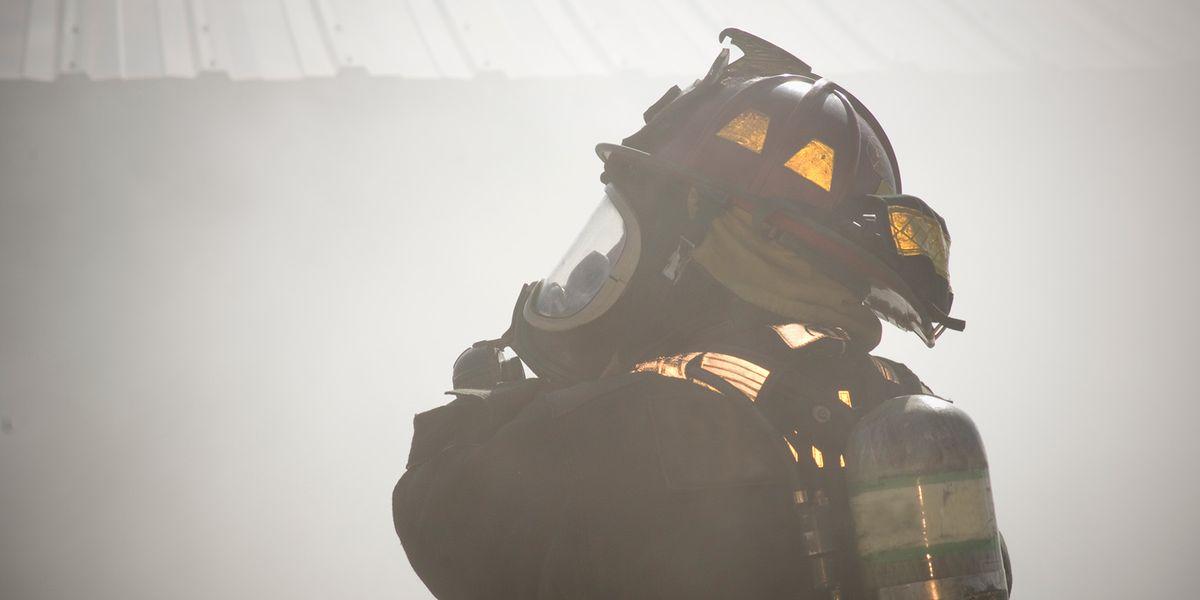
Department of Homeland Security Science and Technology Directorate Releases Report on Self-contained Breathing Apparatuses (SCBA) Lessons Learned
Posted: June 6, 2024
- 2 min read
- Find similar articles:
- Equipment and Technology
- Health and Safety
- Codes and Standards
The Department of Homeland Security (DHS) Science and Technology Directorate (S&T) has released a report: “Self-contained Breathing Apparatuses (SCBA) Lessons Learned.”
What is a self-contained breathing apparatus?
An open-circuit SCBA is a life-saving piece of personal protective equipment for firefighters.
Why is this report important?
The purchase of this equipment is a significant financial investment for fire departments. And although a fire department can evaluate whether a specific SCBA product will meet most of its requirements by verifying the product is certified to industry standards, industry standards may be less mature (or not yet established) for some of the newer technologies now available for SCBAs, such as battery packs and wireless electronic safety features.
What is the basis for this report?
DHS S&T’s National Urban Security Technology Laboratory (NUSTL) partnered with the New York City Fire Department (FDNY) to conduct a comprehensive evaluation of several open-circuit SCBAs as FDNY was preparing for replacement of its inventory.
FDNY conducted operational testing of SCBA models they were considering for purchase. Where standards certification did not address FDNY requirements, NUSTL commissioned laboratory testing to characterize performance. NUSTL’s testing was primarily on some of the newer electronic safety features, such as the ability to connect to wireless networks and facilitate information transmission between SCBAs and Incident Command.
What is the focus of this report?
As opposed to being centered on product-specific results, the report offers lessons learned from the rigorous product assessments performed by NUSTL and FDNY. The report is organized into a 6-step generalized assessment approach, which may serve as a framework for guiding future SCBA procurements. Within each step, it provides sets of criteria that NUSTL and FDNY used to evaluate products, focused on usability, wireless electronic safety systems and power supplies.
A user-friendly checklist for applying the 6-step methodology is provided in Appendix A. Specific observations, insights and technical details from the FDNY SCBA effort are provided in Appendices B (SCBA requirements), C (SCBA product features) and D (RF-PASS features).
What is the standard for self-contained breathing apparatuses going forward?
Although this report can provide guidance to augment industry standards to fire departments considering purchasing SCBA products, National Fire Protection Association (NFPA) 1970, Standard on Protective Ensembles for Structural and Proximity Firefighting, Work Apparel and Open-Circuit Self-Contained Breathing Apparatus (SCBA) for Emergency Services, and Personal Alert Safety Systems (PASS), scheduled for release in 2024, will be the primary applicable standard for SCBA going forward. NFPA 1970 will be a consolidated standard that will incorporate existing standards for clothing (NFPA 1971, Standard on Protective Ensembles for Structural Fire Fighting and Proximity Fire Fighting), work uniforms (NFPA 1975, Standard on Emergency Services Work Apparel), SCBA (NFPA 1981, Standard on Open-Circuit Self-Contained Breathing Apparatus (SCBA) for Emergency Services), and personal alert safety system devices (NFPA 1982, Standard on Personal Alert Safety Systems (PASS)) into 1 document.
